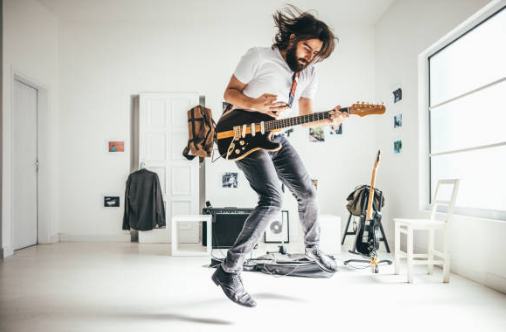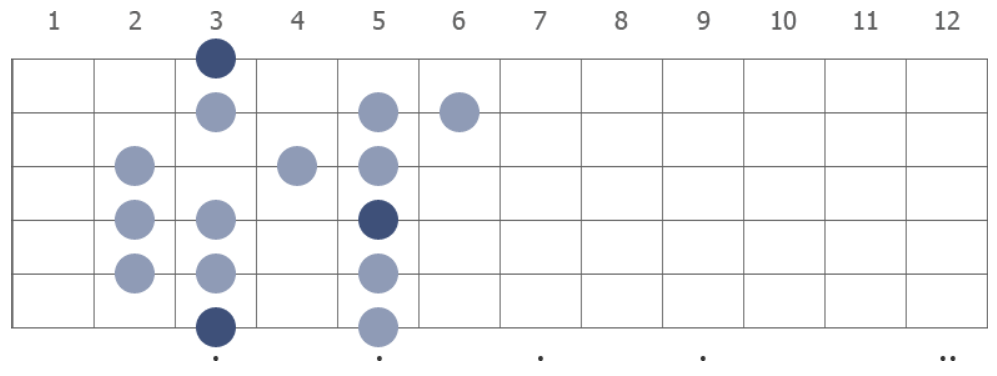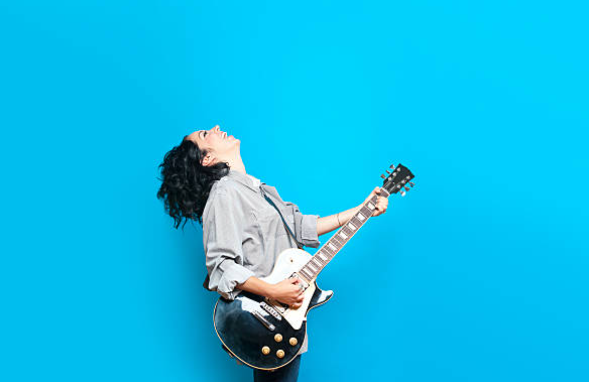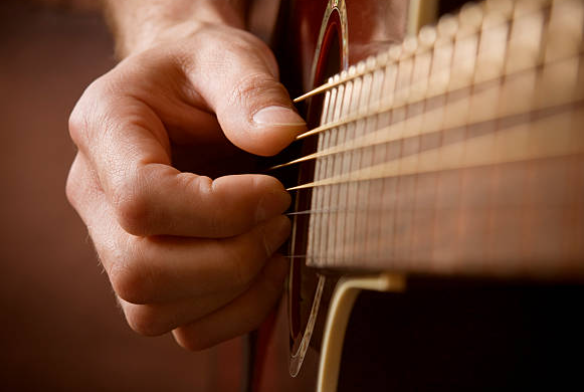Mixolydian Mode on Guitar: Easy Guide for Beginners

If you’ve been playing guitar for a little while and are starting to explore scales and modes, you might’ve stumbled across something called the Mixolydian mode. Sounds fancy, right? But don’t worry, it’s not nearly as complicated as it sounds.
In this blog, I’ll break it down in plain English so you can start using Mixolydian in your playing today.
So… What Is the Mixolydian Mode?
The Mixolydian mode is basically a major scale with a twist.
If you know your major scale, you’re already 90% there. The only difference is that the 7th note is flattened (also called a flat 7 or b7).
Let’s compare:
- Major Scale (Ionian): 1 – 2 – 3 – 4 – 5 – 6 – 7
- Mixolydian Mode: 1 – 2 – 3 – 4 – 5 – 6 – b7
That one little change gives Mixolydian its own flavor—kind of bluesy, kind of rock-ish, and super fun to jam with.
What Does Mixolydian Sound Like?
Think of songs like:
- “Sweet Child O’ Mine” by Guns N’ Roses (intro riff)
- “Norwegian Wood” by The Beatles
- “Fire on the Mountain” by the Grateful Dead
They’ve all got that major sound with a little twist of something different. That’s the Mixolydian vibe.
It feels upbeat like a major scale, but the flat 7 gives it a cool, laid-back, almost funky character.
How to Play Mixolydian on Guitar
Let’s work with an easy example: G Mixolydian.
G Mixolydian Scale Notes:
G – A – B – C – D – E – F – (G)
See that F natural? That’s the flat 7 compared to the G major scale (which would have an F#).
G Mixolydian Scale (3rd Position):
Here’s a common shape starting from the 3rd fret (G note on low E string):

Play it up and down a few times. Listen closely to how it sounds different from a regular major scale.
When Should You Use Mixolydian?
Here’s the best part: Use it over dominant 7 chords!
If you’re playing over a G7 chord, G Mixolydian is your go-to scale. The flat 7 (F) fits perfectly with the G7 chord tones (G–B–D–F).
It’s great for:
- Funk
- Classic rock
- Jam band solos
- Blues with a twist
Easy Practice Tips
- Pick a backing track in G7 or D7 and start noodling with the corresponding Mixolydian mode.
- Target the b7 note (F in G Mixolydian) to really bring out that mode flavor.
- Try mixing it with pentatonic scales for a more soulful, bluesy vibe.
Wrapping It Up
Mixolydian might sound like a mouthful, but once you hear it and play it, you’ll get it. It’s just a major scale with a little attitude. Add it to your soloing toolkit, and you’ll start to sound more melodic, more confident, and just plain cooler.
Want more guitar tips like this? Stick around—I’ve got plenty more beginner-friendly guides coming your way.
Interested in taking your guitar skills to the next level? Click below and book a free lesson with us! We’re committed to helping you express yourself freely on the guitar without endless scales and theory.
Author: Daniel Powers Jr, the founder of Real Brave™, serves as the chief inspiration to thousands of students in the Real Brave music instruction program. He’s also the visionary behind PracticePad™, an online platform for live one-on-one online music lessons, lesson tracking, and scheduling. Beyond his entrepreneurial pursuits, Daniel leads a non-profit organization that provides formerly homeless children with access to music education, making a profound impact on their lives. His unwavering dedication to music, innovation, and education continues to inspire individuals to reach their fullest potential while creating positive change in communities. Follow Real Brave on all the socials:
youtube.com/@realbraveinc
twitter.com/realbraveinc
https://www.tiktok.com/@realbraveinc
instagram.com/realbraveaudio
facebook.com/realbraveinc






